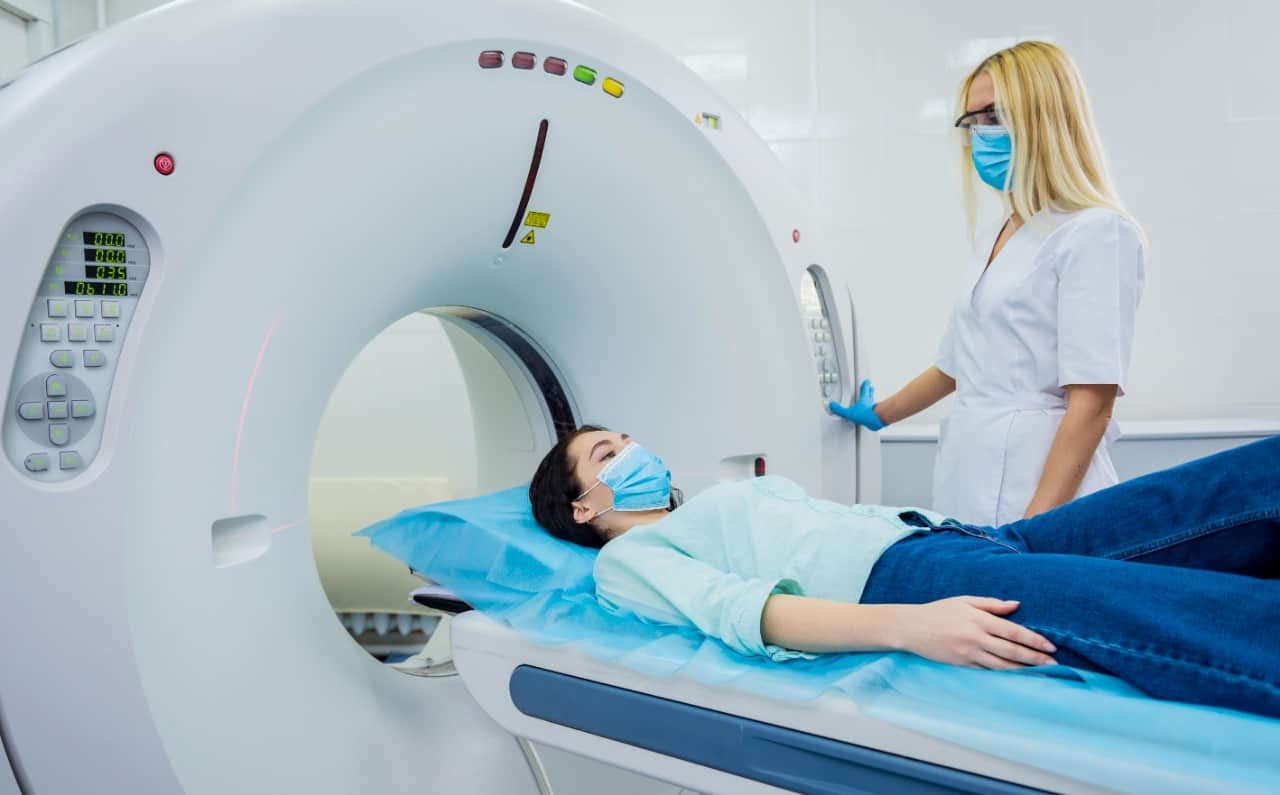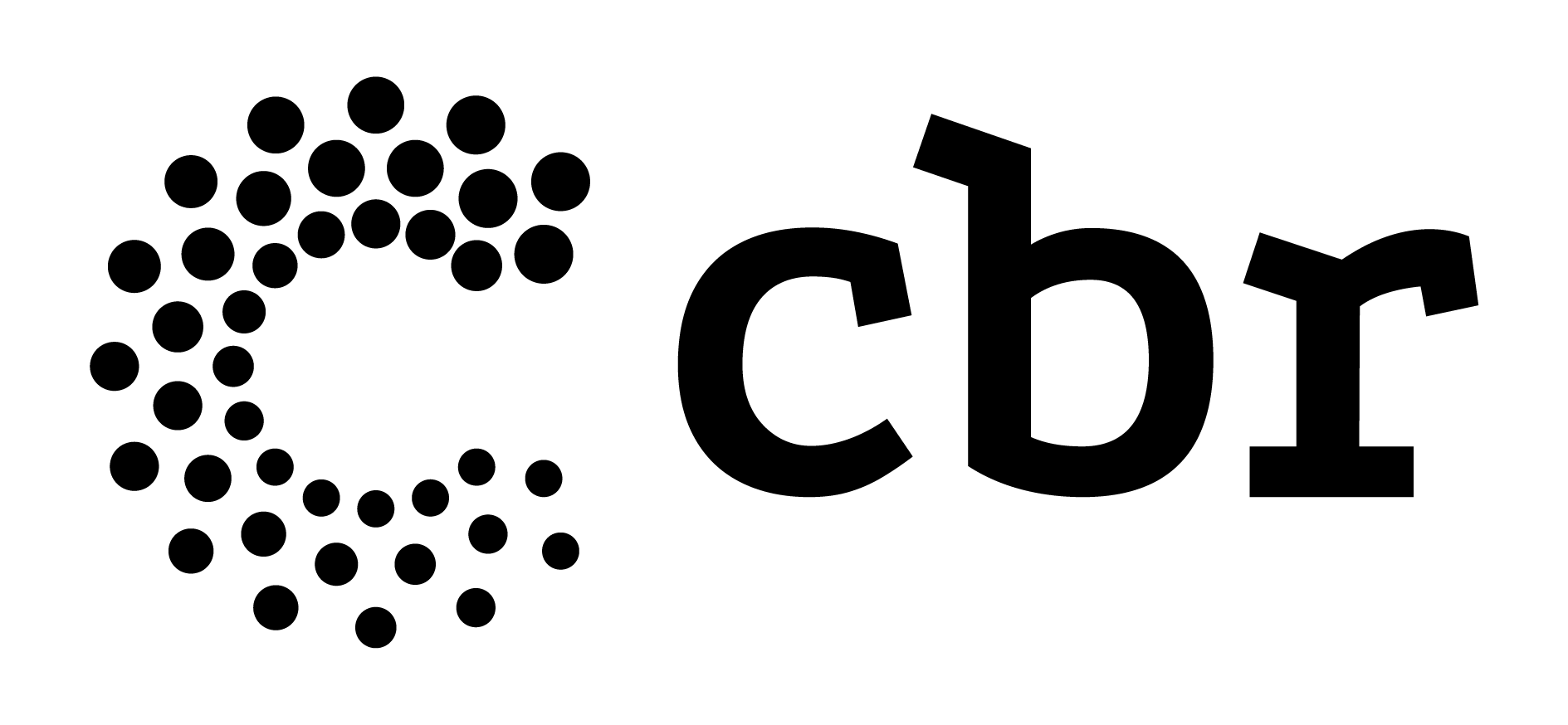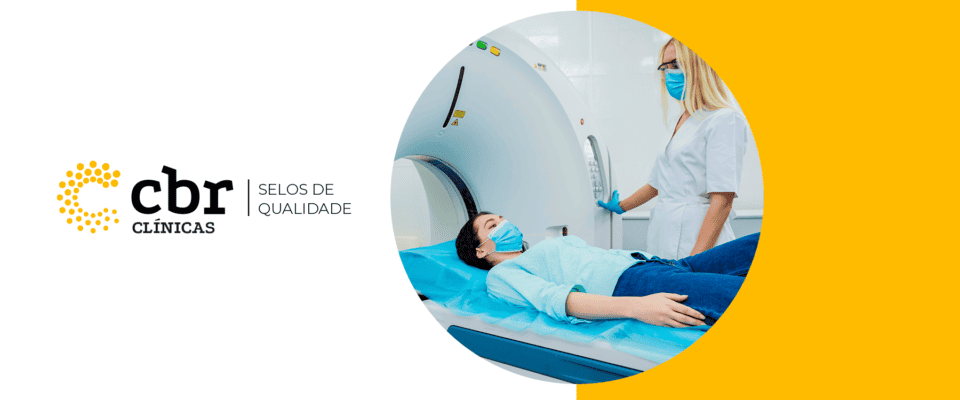Program verifies medical knowledge and methodology in the use of equipment
By Marcelo Balbino

Following the same molds and previous experiences of the CBR Quality Programs, started in 1992 with Mammography, a team also emerged dedicated to the issue in the subspecialty of Magnetic Resonance (MRI).
Following a path very close to the works of the Mammography and Tomography commissions, the first meeting of the group focused on Magnetic Resonance took place on October 31, 2001, at the entity's headquarters, in São Paulo (SP). On that occasion, the Internal Regulations of the subspecialty were drawn up and later, in successive meetings, the evaluation criteria of the clinics were pre-defined, as well as the approval of the layout of the seal of quality.
Finally, in November 2002, the CBR announced the National Commission for Qualification in Magnetic Resonance, following the same pattern as the quality commissions that already worked at the CBR. This is how the Evaluation Criteria for Magnetic Resonance Clinics were announced, as well as the Enrollment Form per Service Unit. At that time the team consisted of Dr. Abdalla Skaf (SP), coordinator; doctor Arnolfo Carvalho Neto (PR); Dr. Cláudia da Costa Leite (SP); doctor Douglas Jorge Racy (SP); doctor Lázaro Luís Faria do Amaral (SP); doctor Renato Adam Mendonça (SP); doctor Silvio Litvin (PE); Mrs. Maria Garcia Otaduy (SP), physicist.
The objective of the Magnetic Resonance Quality Program follows the same concern of the CBR as a whole. That is, it aims to ensure that the clinic or hospital has undergone an evaluation that attests to its technical quality in the images and test reports. In this way, such institutions are able to have a seal, which demonstrates compliance with strict standards and good medical practices.
In the practical part, the program benefits physicians, patients and health insurance companies. It also makes it possible to advance with regard to the quality of the exams, based on benefits such as the early detection of pathologies and, consequently, collaborating to reduce mortality.
Currently, CBR has unified the Computed Tomography (CT) and Magnetic Resonance (MRI) Quality Commissions.
To better understand this and other MRI-specific issues, we spoke with Dr. Marco Antonio Rocha Mello, Coordinator of the Tomography and Magnetic Resonance Commission, who explained about the differences and similarities of the two subspecialties and the work being carried out.
Why did CBR merge the Quality Certification programs in Computed Tomography (CT) and Magnetic Resonance Imaging (MR)?
Marco Antonio Rocha Mello: For operational reasons. Submission remains separate, clinics apply for one label or both, but the assessments are separate but performed by the same team. There was a coordinator for each commission. With the unification there was only one, this was the only change.
What are the similarities and differences between CT and MRI programs?
They are identical in analysis methodology, processes, committee members and CBR administrative structure.
Are the physicians involved in the program committees the same? Or do any of the two disciplines require exclusive knowledge and dedication?
For radiologists, more and more, similarly to other medical specialties, there is a tendency to divide into subspecialties (abdominal/thoracic/musculoskeletal/neuroradiology) and thus the review of CT and MRI exams was carried out separately by subspecialist radiologists. Each specialty mentioned involves both CT and MR exams and thus the subspecialist needs, in addition to the medical knowledge of his specialty, also to know the non-medical knowledge related to the CT and MR methods (contrast of each modality, medical physics of each method, safety , etc.)
In your view, what are the major challenges for MRI in the country today? Equipment? Professionalization? Awareness? Remuneration?
The major challenges are the high costs inherent in the acquisition and maintenance of this equipment, pegged to the dollar and with pressure from paying sources to reduce the remuneration of exams, in the sense of financial balance for equipment owners.
Is technology a plus or minus in relation to MRI equipment?
Technology is always advancing, whether in CT, MRI and beyond, both in terms of quality and productivity gains. Resonance has a positive point in relation to the item above, but companies add costs most of the time.
There are some companies' initiatives in the production of new equipment, more adapted to the reality of lower acquisition and maintenance costs, in view of the market demands imposed by the reduction of margins. However, at the same time, they do a lot of marketing to upselling of new technologies, adding costs.
Over the past few years, have there been major changes in MRI equipment? And in the way the radiologist works?
There were no big changes. Some new Artificial Intelligence (AI) technologies seek to reduce the time to acquire and perform exams. This leads to increased machine productivity, but with costs. It is often better to pay for greater productivity than to purchase a second piece of equipment, if the repressed demand is not greater than 20 to 30% (this would be the gain with AI tools).
What were the main achievements of the MRI quality program?
The program is a more simplified certification for tomography and magnetic resonance clinics, so it could be the beginning of additional certifications, such as the Padi, which arose, in part, due to the need of the clients themselves to have a broader certification for the their clinics, rather than certification by modality (CT/MR, US, MMG, etc.). CBR used such modality certifications as a learning curve to create a broader certification such as the Padi, and I understand this to be an important contribution to CBR.
What are the advantages of the MRI quality program for clinics, physicians and patients?
For the clinic it is an opportunity to certify that its practices are satisfactory, both from the point of view of equipment and medical professionals. Getting certified is a factor that can help with marketing, both to patients and payers. It is also possible to guarantee the patient that the exam will be carried out in a service that is guided by good practices.
In your view, what are the points of attention and challenges for the future in the work of radiologists in magnetic resonance imaging techniques?
Radiologists need to adapt to the changes imposed by the job market, such as teleradiology, lower pay, which leads to a higher workload to maintain pay, and that these challenges do not impact on the reduction of the quality of the service provided, which It really is the challenge of today.
Faced with the questions above, the radiologist needs to dedicate himself, get involved in formulating the assembly of protocols, monitoring in real time in the exams being carried out, to be aware of the technological updates of AI tools to reduce imaging time and help managers to evaluate the cost versus the benefit of acquiring such technologies, in order to bring productivity gains and thus reduce the high MR costs.
* Article published in edition 400 of CBR Bulletin, in June 2022




